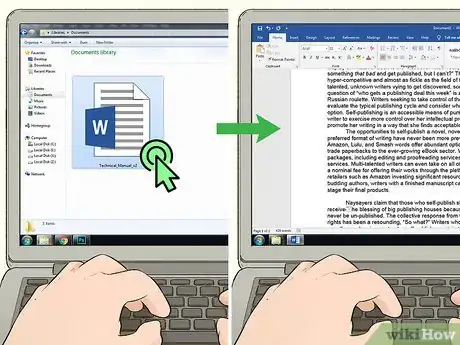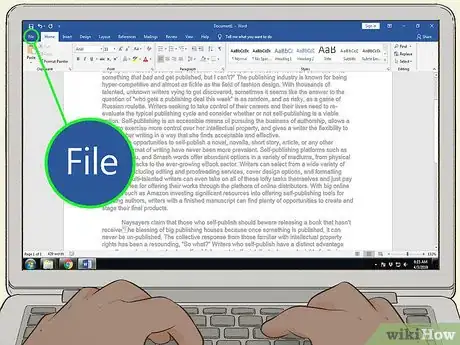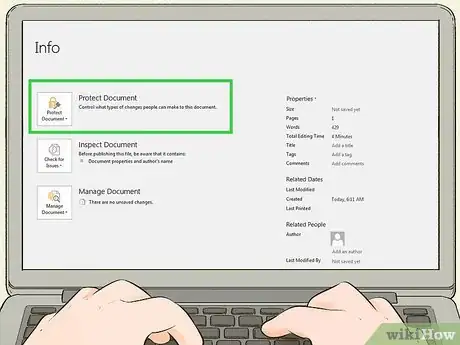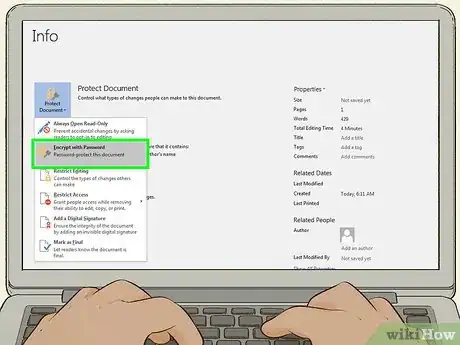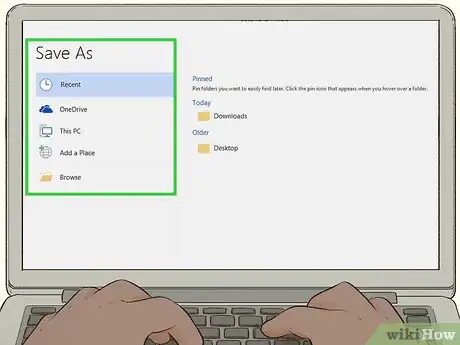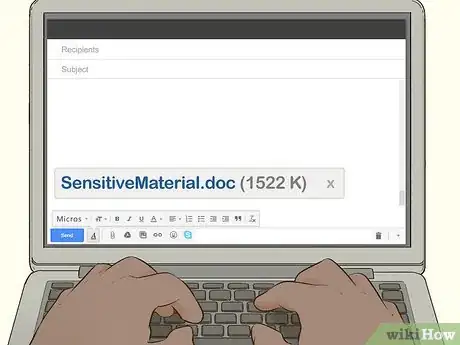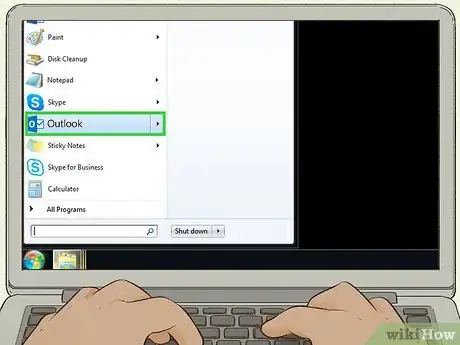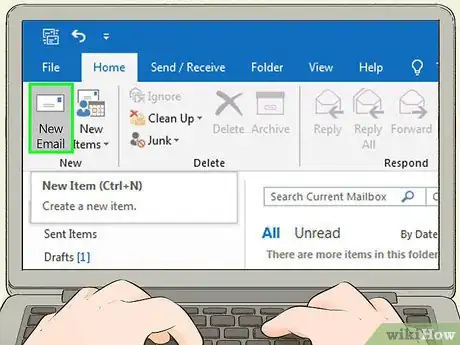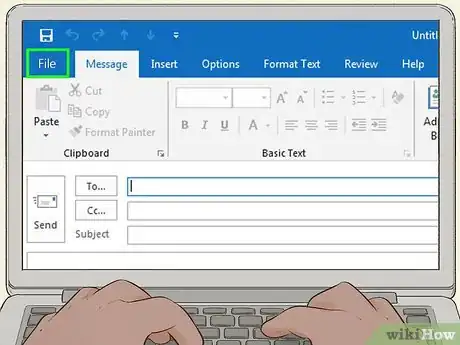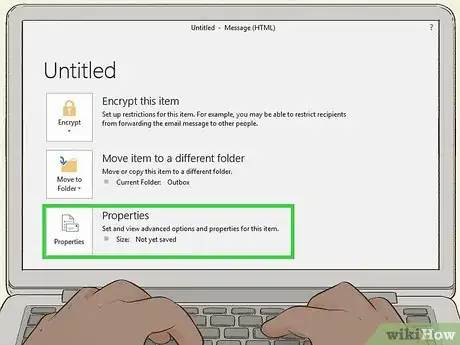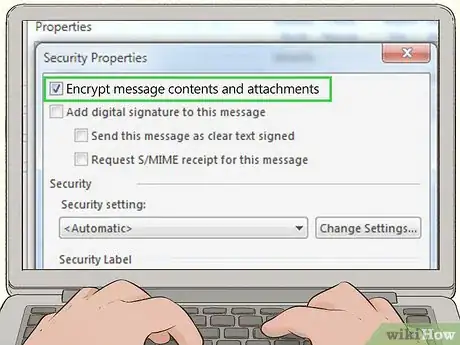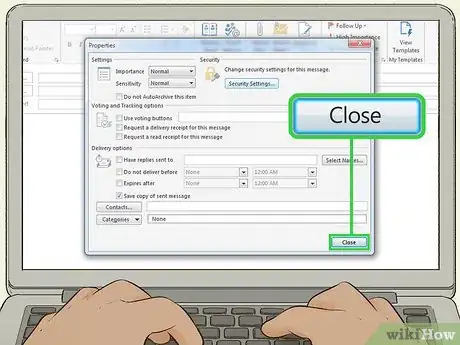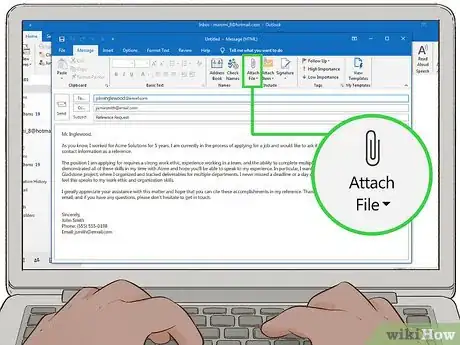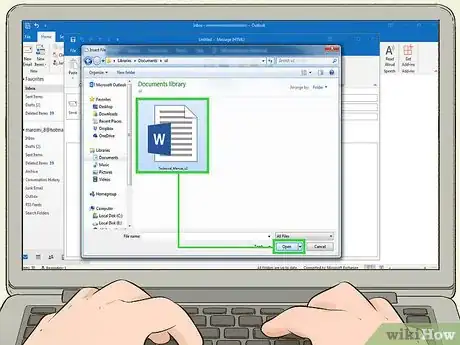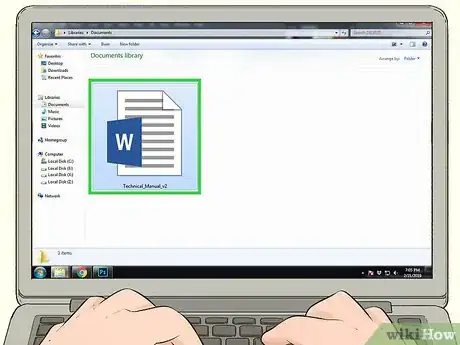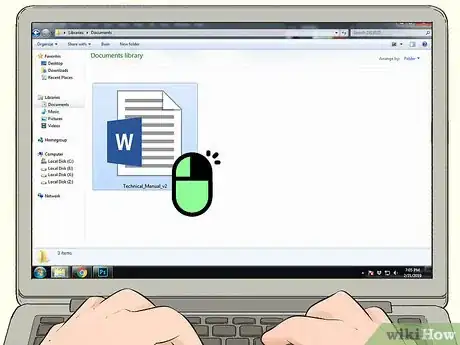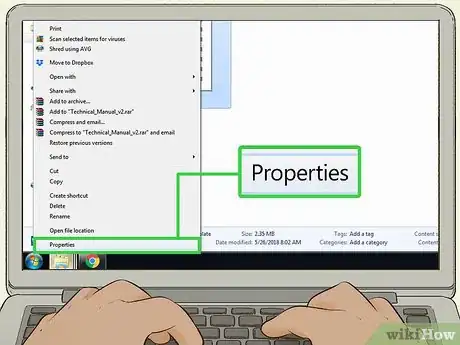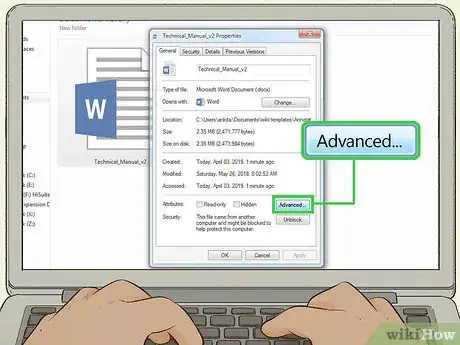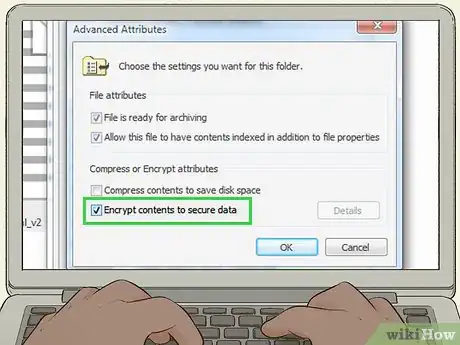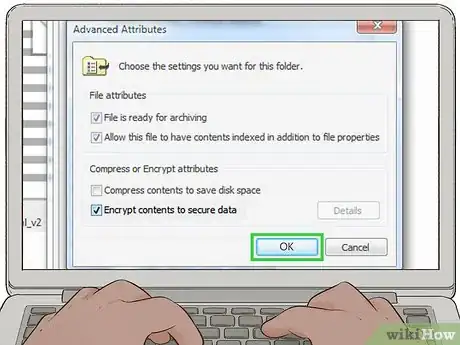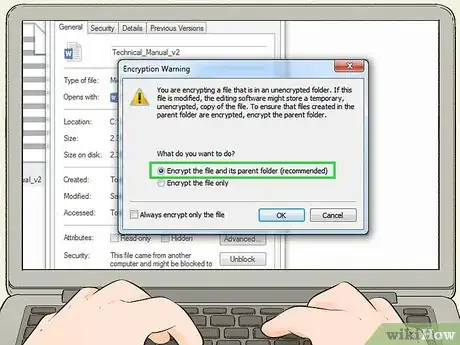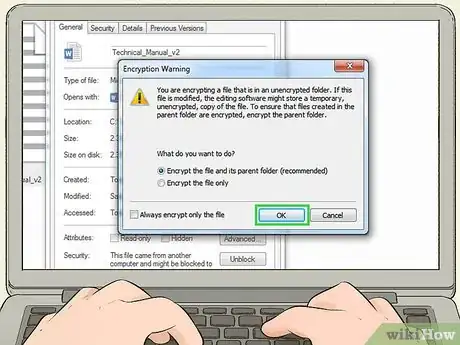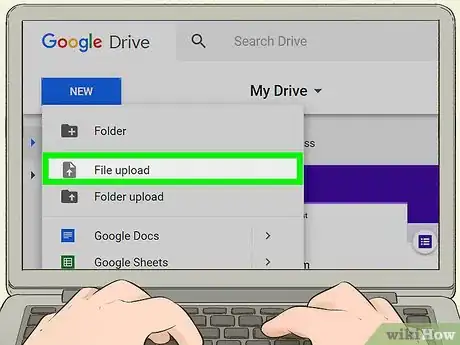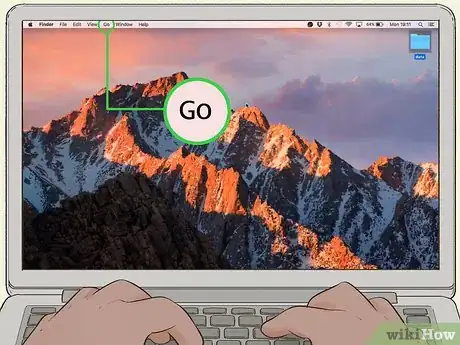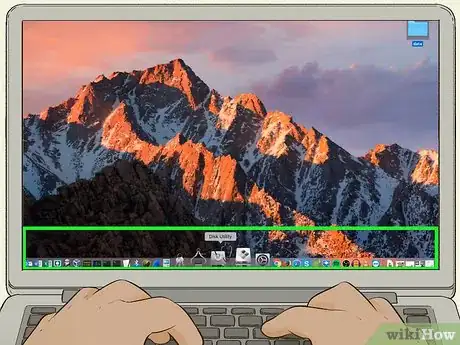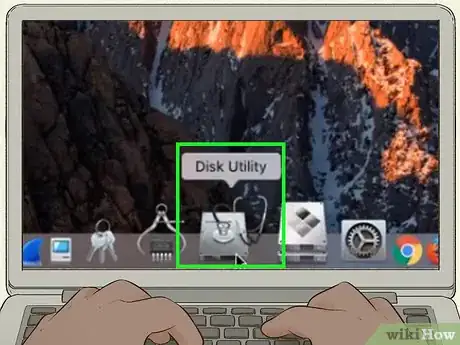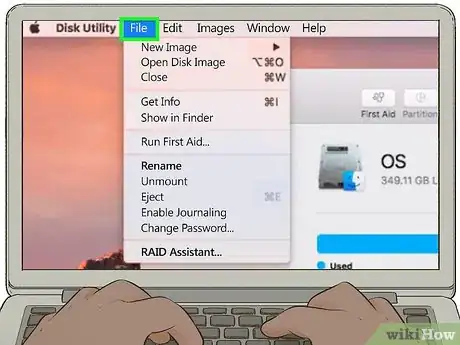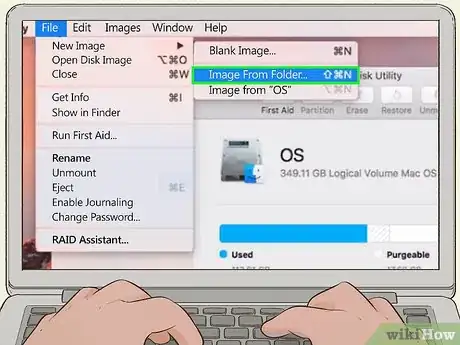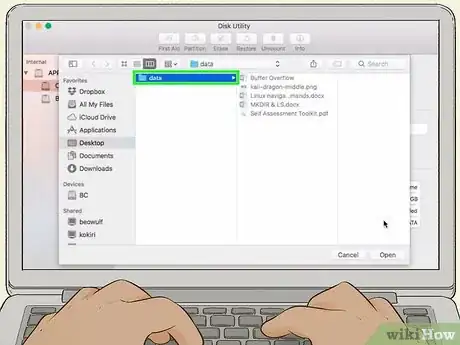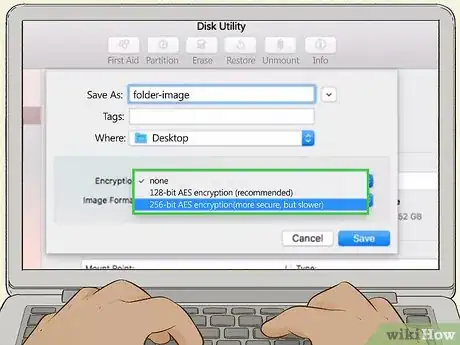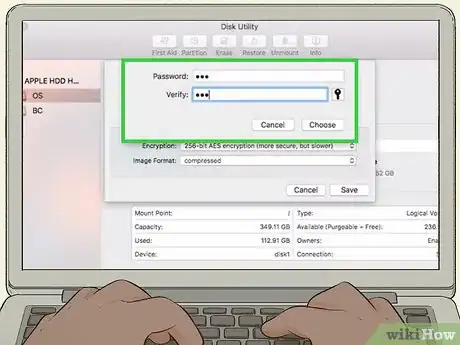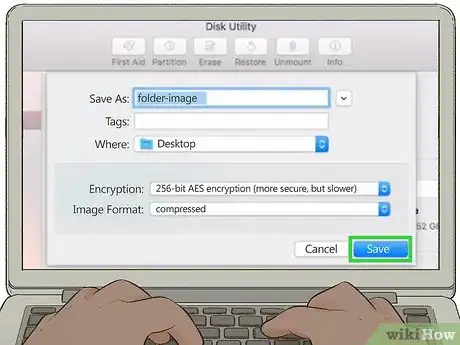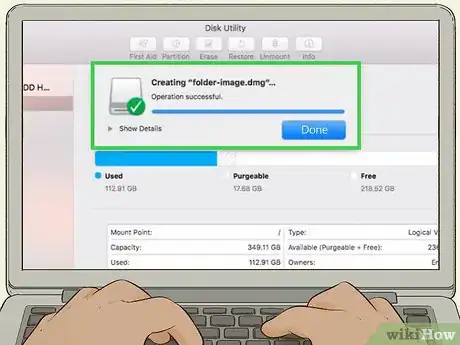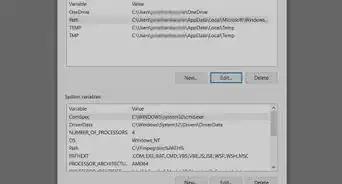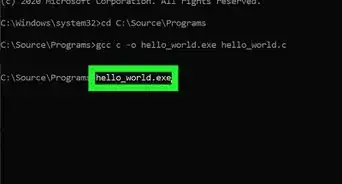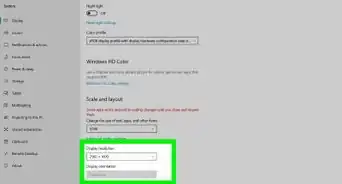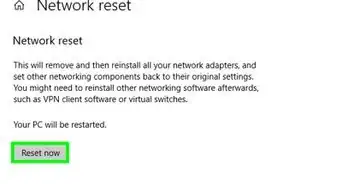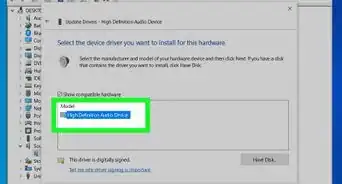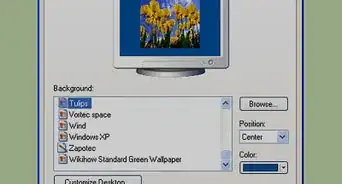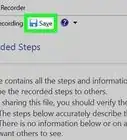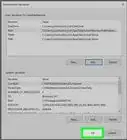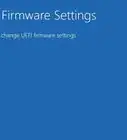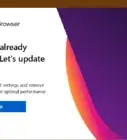X
This article was co-authored by wikiHow staff writer, Nicole Levine, MFA. Nicole Levine is a Technology Writer and Editor for wikiHow. She has more than 20 years of experience creating technical documentation and leading support teams at major web hosting and software companies. Nicole also holds an MFA in Creative Writing from Portland State University and teaches composition, fiction-writing, and zine-making at various institutions.
The wikiHow Tech Team also followed the article's instructions and verified that they work.
This article has been viewed 75,039 times.
Learn more...
This wikiHow teaches you how to safely share important documents with others in Windows or macOS.
Steps
Method 1
Method 1 of 4:
Password-protecting a Microsoft Word Document (Windows and Mac)
-
1Open the document in Microsoft Word. The quickest way to do this is to double-click its file name.
-
2Click the File menu. It’s at the top-left corner of the window (or in the menu bar on a Mac).[1]Advertisement
-
3Click Info.
-
4Click Protect Document.
-
5Click Encrypt with Password.
-
6Create and confirm the document password. Follow the on-screen instructions to type and confirm the password that will protect your document.
-
7Save the file. Click the File menu and select Save to save the new version of your document.
-
8Share the document with others. Now that the file is password protected, you can send it in a variety of ways:
- Attach the document to an email message in Gmail, Outlook, or Mac Mail.
- Add the file to a cloud drive like Google Drive, iCloud Drive, or Dropbox.
Advertisement
Method 2
Method 2 of 4:
Attaching Files to Encrypted Messages in Outlook (Windows and Mac)
-
1Open Outlook on your PC or Mac. It’s usually in All Apps area of the Start menu in Windows, and in the Applications folder in macOS.
-
2Click New Email. It’s the envelope icon at the top-left corner of the window.
-
3Click the File menu. It’s near the top-left corner of the screen.
- If you’re using Outlook 2010, click the Options menu, then select More Options.
-
4Click Properties. If you’re using Outlook 2010, skip to the next step.
-
5Click Security settings.
-
6Check the box next to “Encrypt message contents and attachments.”
-
7Click OK. This message will now be encrypted.
-
8Click Close. Now that the encryption settings are set, you can create the message.
-
9Enter a recipient, subject, and message.
-
10Click Attach file. It’s the paperclip icon at the top of the new message. This opens your computer’s file browser.[2]
-
11Select the attachment and click Open. This attaches the file to the message.
-
12Click Send. The message will now be delivered to the recipient.
Advertisement
Method 3
Method 3 of 4:
Encrypting a Document with EPS (Windows)
-
1Navigate to the file you want to encrypt. An easy way to do this is to press ⊞ Win+E to open the File Explorer, then double-click the folder that contains the file.
-
2Right-click the file or folder. A context menu will expand.
-
3Click Properties. It’s the last option in the menu.
-
4Click Advanced. It’s near the bottom-right corner of the window.
-
5Check the box next to “Encrypt contents to secure data.” It’s the last option on the window.
-
6Click OK. If you selected a folder, a confirmation message will appear.
-
7Select Apply changes to this folder, subfolders and files.
-
8Click OK. The selected file or folder is now encrypted. To access the file or folder, you’ll have to use your Windows login credentials.
-
9Send the encrypted document.
- If you encrypted only one file, you can attach it to an email message. You can't compress the folder and then attach it to an email.
- If you encrypted a folder, upload it to a cloud drive like Google Drive, iCloud Drive, or Dropbox. Once uploaded, use the drive’s tools to share the files as you wish.
Advertisement
Method 4
Method 4 of 4:
Encrypting Documents with Disk Utility (Mac)
-
1Add the file you want to encrypt to a folder. If you’re not sure how to do this, see Make a New Folder on a Computer.
-
2Click the Go menu. It’s at the top of the screen.
-
3Click Utilities. It’s near the bottom of the menu. A new Finder window will open.
-
4Double-click Disk Utility. This opens the Disk Utility app.
-
5Click the File menu. It’s in the menu bar at the top-left corner of the screen.
-
6Hover the mouse over New. Another menu will expand.
-
7Click Image from folder.
-
8Select the folder you want to encrypt and click Choose.
-
9Select 128-bit or 256-bit from the “encryption” drop-down menu.
-
10Create a password. Enter a new password for the folder into the “Password” box, then again in the “Verify” box.
-
11Click Choose.
-
12Click Save.
-
13Click Done. The files in the folder are now encrypted. Now you can upload the folder to a cloud drive like Google Drive, iCloud Drive, or Dropbox. Once uploaded, use the drive’s tools to share the files as you wish.
Advertisement
Community Q&A
-
QuestionHow do you open an Outlook encryted message?
 Nithik RameshCommunity AnswerIf you are using the Microsoft Outlook app, then you don't have to do anything to open the encrypted message. It will open as normal. If someone sent an outlook encrypted message to you, on another email service such as gmail or yahoo, you have to click on "Read the message" and it will redirect you to another site. Follow the on-screen instructions and you will receive a single-use code. Enter the code when asked for and you will be able to read the email.
Nithik RameshCommunity AnswerIf you are using the Microsoft Outlook app, then you don't have to do anything to open the encrypted message. It will open as normal. If someone sent an outlook encrypted message to you, on another email service such as gmail or yahoo, you have to click on "Read the message" and it will redirect you to another site. Follow the on-screen instructions and you will receive a single-use code. Enter the code when asked for and you will be able to read the email. -
QuestionIf you send encrypted emaills and attachments doesn't the recipient have to know password?
 Rudy TothCommunity AnswerTry not to send those. It be better for the recipient if those type of files remain private and that would be better for yourself.
Rudy TothCommunity AnswerTry not to send those. It be better for the recipient if those type of files remain private and that would be better for yourself. -
QuestionDoes the recipient of an encrypted file need a password to open it or read it? Does encrypting imply restrictions on copying, forwarding, etc.?
 ValleyCoolCommunity AnswerIf you are sending files between mobile phones and PC, just connect your phone to the computer via USB cable and the files will be shown on your computer, just drag them to the desktop. If you are transferring files between iPhone and PC, iPhone and Mac, or Android and Mac, then you may need backup and transfer tools like iCloud, Google Drive, or FonePaw Data Recovery.
ValleyCoolCommunity AnswerIf you are sending files between mobile phones and PC, just connect your phone to the computer via USB cable and the files will be shown on your computer, just drag them to the desktop. If you are transferring files between iPhone and PC, iPhone and Mac, or Android and Mac, then you may need backup and transfer tools like iCloud, Google Drive, or FonePaw Data Recovery.
Advertisement
References
About This Article
Advertisement
